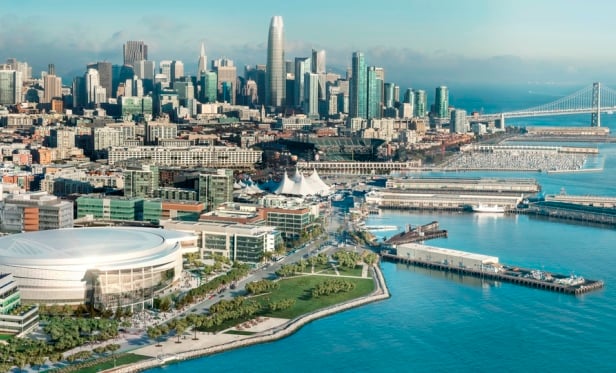I often hear from clients “This site is just residential, it has always been residential, why do I need to do a Phase 1 Environmental Site Assessment?” The question is understandable, especially when our clients feel pretty familiar with a property.
My answer is: You don’t know what you don’t know.
Specifically, historic uses and adjacent properties can often represent unpleasant surprises.
Even if a site has been residential for 30 years, the Phase 1 Environmental Site Assessment looks at the property back to 1940 or first developed use, so we often uncover prior uses that the current owner, lender or broker were not aware of. For example, the site is a multifamily complex now, but back in the 1950s there was a gas station on the corner portion of the property. These prior uses are particularly important to know about because environmental regulations and technology were not in place to help prevent contamination (such as fiberglass underground storage tanks and tightness testing), and releases often went unreported because no one required it be reported.
Or, say that multifamily property previously used heating oil from underground tanks. An Environmental Professional would be able to identify those tanks remaining on the property.
Maybe your site has never had any environmentally risky operations, but what about surrounding properties? The Phase 1 Environmental Report spends a lot of time analyzing adjacent and nearby properties. It is important for transaction parties to know about nearby sites that have had a documented release, or have had “high risk” uses such as drycleaners or industrial use.
Even if you won’t be held responsible for your neighbor’s contamination, you still would want to know if the contamination is impacting your property and could potentially limit your property uses, pose a human health threat (perhaps through Vapor Intrusion) or reduce the value of the property, even if it is just by stigma of being adjacent to a property with known contamination issues.
So, do you always need a Phase 1 ESA, even with a “low risk” site? If you are a buyer and want to obtain protection from CERCLA liability, then yes you need a Phase 1, as this is the only way to obtain CERCLA liability protection and maintain your innocent landowner defense.
Some lenders do not require a Phase 1 ESA on every loan because they are generally using it to make a business decision rather than for CERCLA liability protection. Often lenders require Phase 1 Environmental Reports only for higher risk properties or for larger loans; however, most do (or should) at least screen all multifamily or other low risk commercial real estate properties for environmental risks. This often comes in the form of a Desktop Environmental Screen, or a Transaction Screen (which still includes a professional visiting the site). If that initial screen does identify a red flag, then doing a regulatory file review or a full-fledged Phase 1 Environmental Site Assessment to find out more information may be the prudent approach.
Want to continue reading?
Become a Free ALM Digital Reader.
Once you are an ALM Digital Member, you’ll receive:
- Breaking commercial real estate news and analysis, on-site and via our newsletters and custom alerts
- Educational webcasts, white papers, and ebooks from industry thought leaders
- Critical coverage of the property casualty insurance and financial advisory markets on our other ALM sites, PropertyCasualty360 and ThinkAdvisor
Already have an account? Sign In Now
*May exclude premium content© 2025 ALM Global, LLC, All Rights Reserved. Request academic re-use from www.copyright.com. All other uses, submit a request to [email protected]. For more information visit Asset & Logo Licensing.








